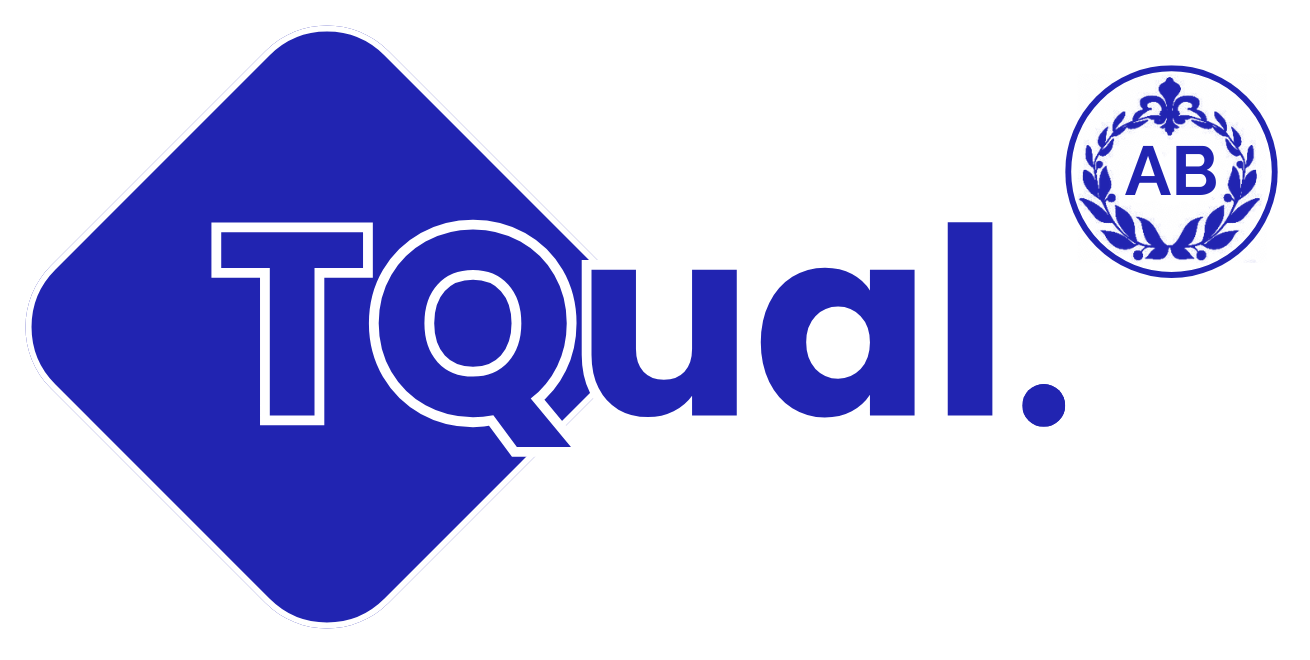TQual Certificate in Signal Analysis for NDT: ET, RFT, and MFL
In the specialized field of Non-Destructive Testing (NDT), proficiency in signal analysis is a critical skill for ensuring precise assessment of material integrity without causing structural damage. The TQual Certificate in Signal Analysis is designed for professionals utilizing Eddy Current Testing (ET), Remote-Field Testing (RFT), and Magnetic Flux Leakage (MFL) techniques. This advanced program combines theoretical knowledge with hands-on practical training, empowering participants to excel in these vital inspection methods.
Eddy Current Testing (ET)
Eddy Current Testing employs electromagnetic induction to detect surface and subsurface flaws in conductive materials. By inducing eddy currents through a probe, variations in material properties such as conductivity or permeability can be analyzed to reveal defects.
Key Topics Include:
- Probe Optimization: Designing and refining probe configurations for effective inspections.
- Frequency Tuning: Selecting appropriate test frequencies for different scenarios.
- Interpreting Signals: Deciphering patterns to detect flaws such as cracks, corrosion, or material inconsistencies.
- Advanced Applications: Utilizing enhanced techniques to overcome complex inspection challenges.
Remote-Field Testing (RFT)
Remote-Field Testing expands the depth of traditional ET methods, making it highly effective for inspecting ferromagnetic materials in pipes, tubes, and welds. It is particularly beneficial in scenarios where surface access is limited.
Key Topics Include:
- Electromagnetic Fundamentals: Grasping the principles of remote-field effects.
- Custom Probe Use: Tailoring probes for specific inspection requirements.
- Calibration Mastery: Ensuring accuracy with rigorous calibration methods.
- Data Analysis Expertise: Identifying hidden flaws beneath coatings or barriers with precision.
Magnetic Flux Leakage (MFL)
Magnetic Flux Leakage is a crucial method for detecting corrosion, pitting, and surface discontinuities in steel structures. By magnetizing materials and analyzing leakage flux patterns, MFL offers fast and accurate insights into asset conditions.
Key Topics Include:
- Advanced Sensor Arrays: Leveraging modern sensors for precise detection.
- Data Capture: Ensuring high-quality data collection for reliable analysis.
- Signal Processing Techniques: Applying cutting-edge algorithms to interpret flux leakage signals.
- Defect Characterization: Accurately sizing and categorizing flaws for maintenance strategies.
Core Focus: Signal Analysis
Signal analysis serves as the foundation for ET, RFT, and MFL techniques. The TQual program emphasizes:
- Parameter Optimization: Fine-tuning inspection settings to improve accuracy.
- Improving Signal Clarity: Enhancing signal-to-noise ratios for better flaw detection.
- Data Interpretation Skills: Distinguishing between true defect signals and noise.
- Informed Decision-Making: Using analyzed data to recommend precise maintenance actions.
Why Choose the TQual Certificate?
The TQual Certificate in Signal Analysis is the ideal program for NDT professionals aiming to expand their expertise in advanced inspection methods. Participants benefit from:
- Technical Mastery: Proficiency in ET, RFT, and MFL techniques.
- Practical Training: Hands-on experience with state-of-the-art tools and technologies.
- Versatile Skills: Knowledge applicable across industries such as aerospace, oil and gas, manufacturing, and energy production.
- Career Progression: Recognition as an expert in critical infrastructure reliability and safety.
Conclusion
The TQual Certificate enables professionals to make a significant impact on the safety, longevity, and reliability of critical infrastructure. By mastering signal analysis for Eddy Current Testing, Remote-Field Testing, and Magnetic Flux Leakage, participants position themselves as leaders in the ever-evolving field of non-destructive testing.
Elevate your career with the TQual Certificate—enroll today to become a trusted expert in NDT!

